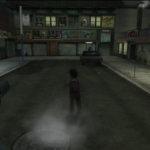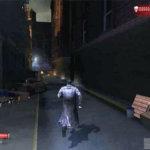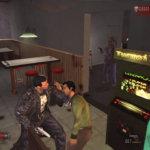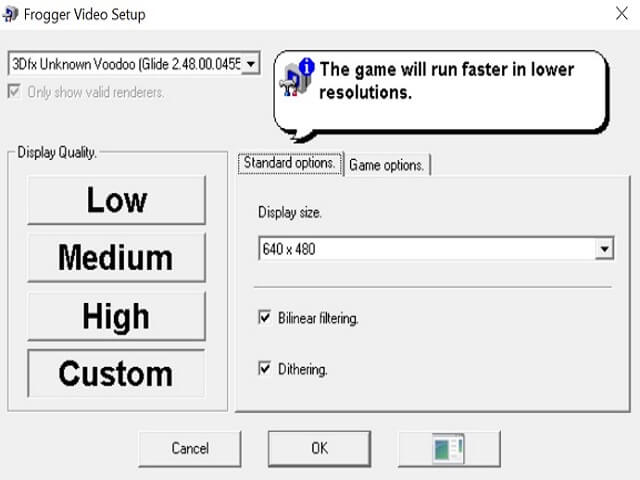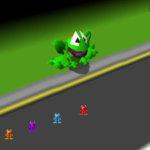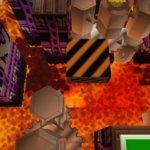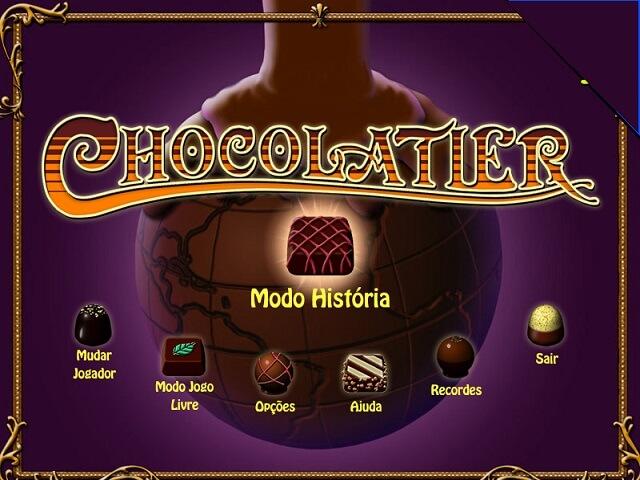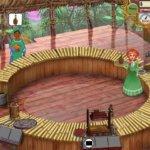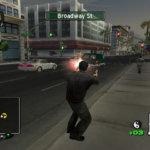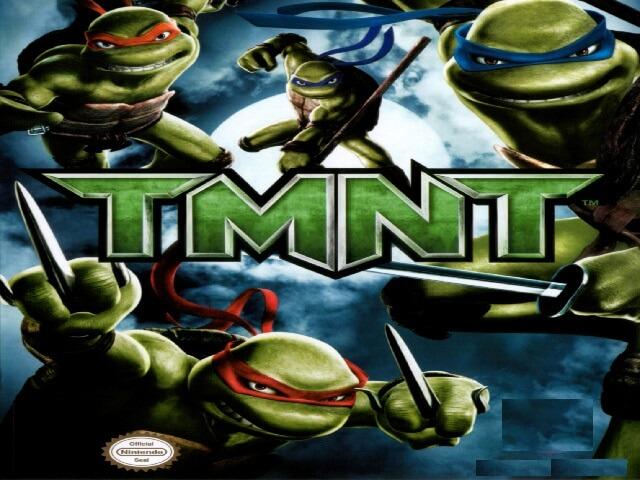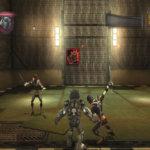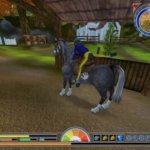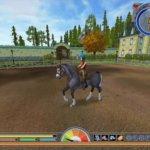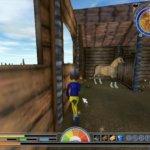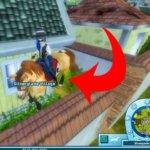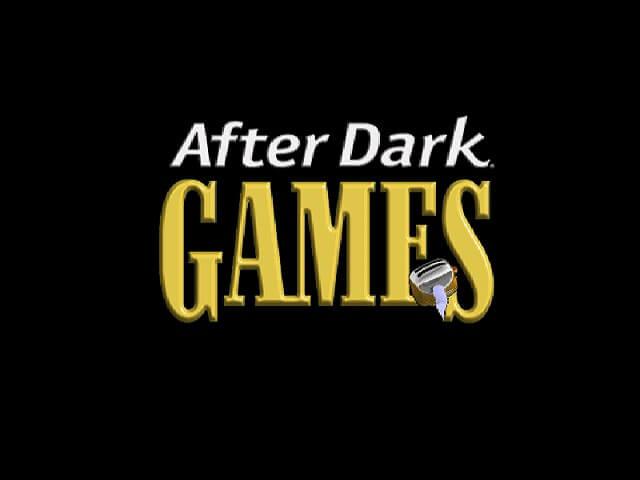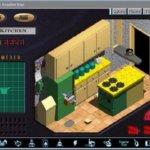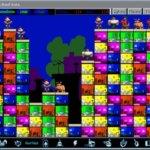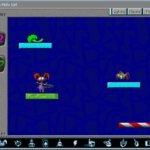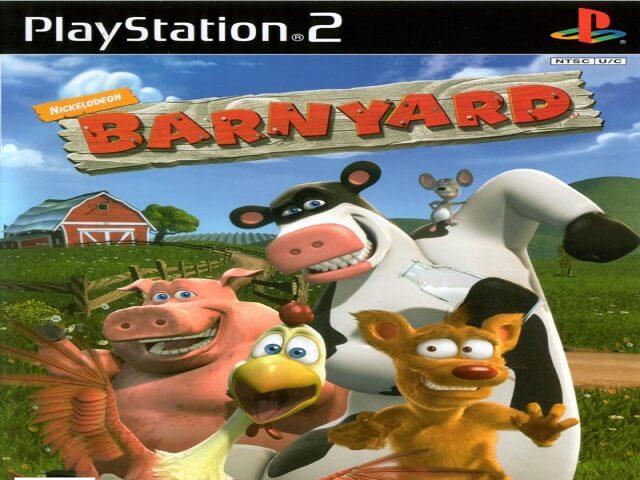Category: Action
-

American McGee’s Alice
Game Description
American McGee’s Alice is a third-person action-adventure video game released in 2000 by Electronic Arts under the EA Games banner. It was developed by Rogue Entertainment under the direction of designer American McGee and published by Electronic Arts under the EA Games banner. American McGee’s Alice was initially released for PCs running Microsoft Windows and Mac OS. Despite the fact that a PlayStation 2 port was canceled, American Mcgee’s Alice was later made available digitally for the PlayStation 3 and Xbox 360.
The game’s premise is based on Lewis Carroll’s novels Alice’s Adventures in Wonderland (1865) and Through the Looking-Glass (1871), but it depicts the setting in a bleak, cruel, and violent light. American Mcgees Alice revolves around the novel’s protagonist, Alice, whose family is killed in a house fire years before the game’s story takes place. After several years of psychiatric treatment, the emotionally traumatized Alice retreats to Wonderland, which has been disfigured by her injured psyche.
The id Tech 3 game engine, which was previously used in Quake III Arena and was redesigned for this game by Ritual Entertainment, is used in American Mcgees Alice. American Mcgees Alice received positive critical reception, with reviewers praising the level design’s high artistic and technical quality while criticizing the gameplay’s excessive linearity. American McGee’s Alice had sold over 1.5 million copies as of September 2017. Alice: Madness Returns, the sequel, was released on June 14, 2011.
Publishers EA Games Developers Rogue Entertainment Release date 2000 Genre Action [title] Gameplay
Alice by American McGee is a third-person action game in which the player controls the titular character Alice along a linear path. Alice has the ability to communicate with non-player characters, fight enemies and bosses, and solve puzzles. Alice can jump, cling to ledges, climb and swing on ropes, swim in the water, and glide over columns of steam by using her inflated dress as a makeshift parachute, in addition to walking and jogging. American McGee’s Alice has four difficulty levels: “Easy,” “Medium,” “Hard,” and “Nightmare.” The levels of Alice American McGee include many platforms and other obstacles that are not based on artificial intelligence, as well as puzzles that must be solved in order to progress through American McGee’s Alice.
Throughout American McGee’s Alice, Alice can acquire up to ten different weapons, referred to as “toys,” to use against enemies. Most toys have two modes of operation, which differ in terms of attack method and strength. Alice’s first toy is the Vorpal Blade, which, like the Croquet Mallet, can be used for basic melee attacks. The Ice Wand and an explosive jack-in-the-box are two toys with a longer range. The Jabberwock’s Eye Staff, a toy that is assembled from pieces scattered throughout the setting, is crucial to the plot. The combat system in Alice American Mcgee uses automatic target designation, which means that if an enemy character is nearby, the player’s weapon sight is automatically fixed on that enemy. Outside of combat, the sight serves as a jump indicator, taking the form of two footprints that appear on the surface of any location where Alice would land if she jumped.
Because American Mcgees Alice takes place in Alice’s mind, the health mechanic is represented as “sanity,” which is shown as a red bar on the left side of the screen. When Alice takes damage from enemy attacks or an environmental hazard, her sanity meter depletes. When the sanity meter is depleted, American Mcgee Alice ends prematurely, but it can be resumed from where it was last saved. A magic mechanic is represented by “willpower,” which appears as a blue bar on the right side of the screen. When almost any toy is used, willpower is consumed, and a toy will not serve its purpose if Alice’s willpower is too low. Certain amounts of sanity or willpower can be restored by collecting crystals of “meta-essence,” Wonderland’s life force. Crystals of “meta-substance,” which represent the power of imagination, restore sanity and willpower at the same time. All crystal types can be found scattered throughout the levels, and some respawn in specific locations. After defeating an enemy, you can obtain meta-substance; the volume of the meta-substance depends on the strength of the defeated enemy.
Unusual items can be found throughout American McGee’s Alice that improve Alice’s abilities: “Ragebox Elixir” increases the damage dealt by Alice with the Vorpal Blade, “Darkened Looking Glass” makes Alice invisible to enemies, and “Grasshopper Tea” improves Alice’s speed and jumping height. These items alter Alice’s appearance, and their effects last only a short time before she reverts to her original state.
Download [title]
We might have American McGee’s Alice available for more than one platform. American McGee’s Alice is currently available on these platforms:
Windows (2000)
American McGee’s Alice Screenshots
Windows

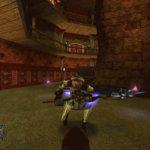
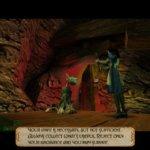

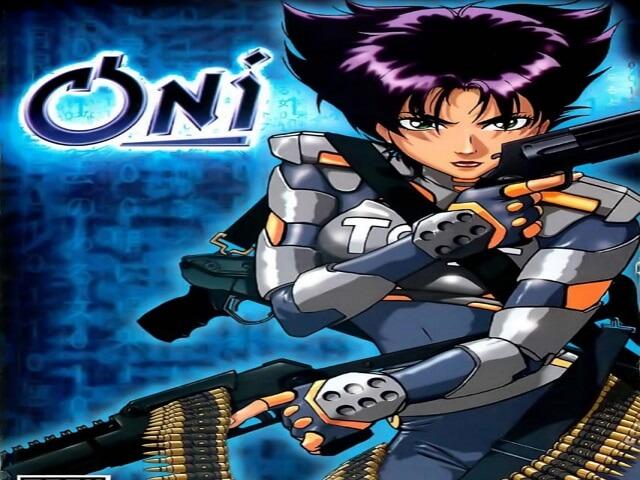
Oni
Game Description
Oni is a third-person action video game published by Take-Two Interactive and developed by Bungie West, a division of Bungie. It was Bungie West’s sole game when it was released in 2001. The gameplay alternates between third-person shooting and hand-to-hand combat, with a focus on the latter. Originally intended only for Mac OS and Windows, Rockstar Canada worked on a PlayStation 2 port at the same time. The game’s style was heavily influenced by Ghost in the Shell and Akira, and it is set in a cyberpunk world.
| Publishers | Gathering of Developers |
| Developers | Bungie West |
| Release date | 2001 |
| Genre | Action, Fighting, Shooter |
[title] Gameplay
Oni is a third-person action game with a focus on melee combat and some gunplay. The player can punch, kick, and throw enemies; as Oni gamer progresses, stronger moves and combos become available. In the Oni game, there are ten different types of guns to choose from, including handguns, rifles, rocket launchers, and energy weapons. Power-ups such as “hyposprays,” which heal damage, and cloaking devices, which make the player invisible, can be found on corpses or scattered throughout the levels. Because the player can only carry one weapon at a time and ammunition is limited, hand-to-hand combat is the most effective and widely used method of defeating enemies.
There are several types of enemies, each with its own unarmed combat style. Each class is divided into tiers of increasing difficulty. Tiers are color-coded, as in Bungie’s previous Marathon titles, in this case by green (weakest), blue, and red (strongest). The levels of health of each opponent are also color-coded, as indicated by a flash when the player strikes or shoots them. Green flashes indicate that the opponent has a lot of health, while red flashes indicate that the opponent is about to die.
Oni does not limit the player to fighting small groups of enemies in small areas; each area is completely explorable. The fourteen levels vary in size, with some large enough to house an entire building. Bungie commissioned the buildings to be designed by two architects.
The Oni video game engine employs an interpolation method that tweens keyframes, smoothing the animation of complex martial-arts moves. Frame slippage, on the other hand, is a common issue when multiple non-player characters close to the player are attacking.
Download [title]
We might have the game available for more than one platform. Oni game is currently available on these platforms:
Windows (2001)
How to play on Windows
- Download and Extract Oni_Win_ISO_EN.7z
- Open the “Game Files” folder and mount OGD.Oni.iso
- Run ONISETUP.EXE and follow on-screen instructions to finish installing the Oni video game
- Once installation is complete, download Oni_Win_Launcher.zip and copy-paste “Oni.exe” into the game installation directory
- Launch “Oni.exe” to play the game
[title] Screenshots
Windows







